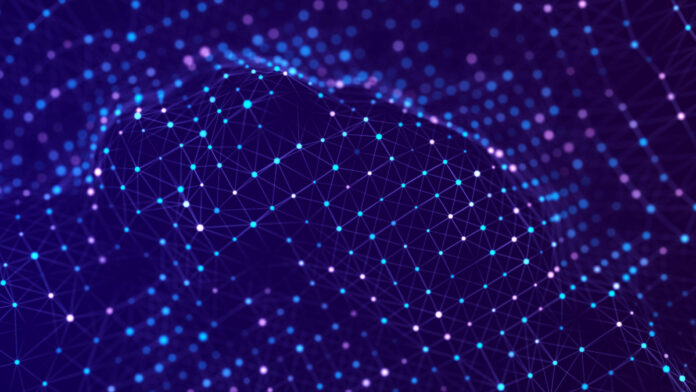For this initiative, Fermi America signed a Memorandum of Understanding (MoU) with South Korea’s Doosan Enerbility, a major supplier of nuclear power plant components
In sum – what to know:
Fermi adds Doosan partnership to HyperGrid project – The MoU covers large-scale nuclear and SMR development at the 11GW Amarillo AI campus.
HyperGrid campus aims for massive scale – Plans include 18 million sq ft of data centers powered by nuclear, gas, wind, and solar.
Broader nuclear ecosystem involvement grows – Doosan, Hyundai, and Westinghouse are all tied to the project.
Fermi America has entered into a new partnership to advance its planned 11 GW HyperGrid AI campus in Amarillo, Texas.
In a release, the company said it signed a Memorandum of Understanding (MoU) with South Korea’s Doosan Enerbility, a major supplier of nuclear power plant components, with the aim of collaborating on both large-scale nuclear plants and small modular reactor (SMR) technologies at the site.
The HyperGrid AI campus, announced in June, is set to feature 18 million sq ft of data centers and provide up to 11 GW of IT power capacity sourced from natural gas, renewables, and nuclear, Fermi said.
Doosan Enerbility, headquartered in Changwon, South Korea, is the world’s largest supplier of nuclear plant components. Earlier this week, it joined Korea Hydro & Nuclear Power in agreements with Amazon and X-energy to support over 5 GW of nuclear capacity in the U.S. by 2039.
Earlier this month, Fermi America and Hyundai Engineering & Construction (Hyundai E&C) had signed a Memorandum of Understanding (MoU) to co-develop a nuclear-based hybrid energy project in Texas.
Under the terms of the agreement, the companies will jointly advance project planning, conduct feasibility studies, develop detailed business packages, and execute FEED (Front-End Engineering Design) and EPC (Engineering, Procurement, and Construction) phases.
Fermi America recently submitted its Combined Operating License Application (COLA) to build AP1000 nuclear reactors in the U.S.—a submission accepted for review in record time, according to the company. With Hyundai E&C now part of the initiative, construction on the nuclear power complex is expected to begin in 2026, with the first reactor projected to be operational by 2032, Fermi added.
Nuclear power plants generate large amounts of electricity continuously, making them a strong candidate for supplying the baseload power AI systems need. Here are a few key reasons why this source of energy could play a crucial role:
1. Always-on power
Unlike solar or wind, nuclear power is not weather-dependent. It provides constant electricity, 24/7, 365 days a year. This reliability makes it ideal for data centers that can’t afford interruptions.
2. High energy density
This source of power is incredibly efficient. A small amount of uranium can produce far more electricity than the equivalent in coal, gas or even solar panels. This means nuclear plants can generate a lot of power using relatively little land—something that matters as data centers expand.
3. Low carbon emissions
This power produces virtually no greenhouse gas emissions during operation. As governments and companies commit to net-zero goals, nuclear power offers a way to meet rising energy needs without increasing carbon footprints.
4. Next-generation nuclear technologies
New developments in nuclear technology are making it safer, smaller and more flexible. Small Modular Reactors (SMRs), for instance, can be built near data centers or tech campuses, providing localized and dedicated power. These units are faster and cheaper to deploy than traditional nuclear plants.

